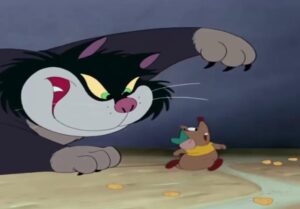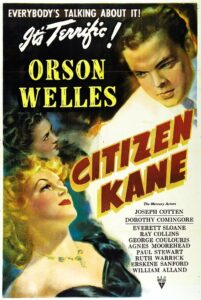
Film critic Michael Wilmington tells about how the first movie he ever saw, with his mother – when he was 3 or 4 years old – was “Cinderella”. “Cinderella” first came to the movie screen in 1950 from Walt Disney Pictures. Over the years many more versions of the story have been made into a movie, Cinderella II: Dreams Come True (2002), Cinderella III: A Twist in Time (2007), Another Cinderella Story (2008), Cinderella Story: Once Upon a Time (2011), Cinderella Story: If the Shoe Fits (2016), Cinderella Story: Christmas Wish (2019), and Cinderella Story: Star Struck (2021). However, there are 500 other versions across Europe and the U.S. It is believed that the story originated in China during the Tang dynasty (618 – 907 CE). But the girl’s name was not Cinderella it was Yen-Shen, and the fairy godmother was a fish which she believes is the reincarnation of her deceased mother. Oh, there is so much magic in storytelling.
Michael tells of how when he saw Cinderella and the image of the black cat, Lucifer, he was so terrified he ran from the theater. That was the moment that Michael knew he loved the movies – as he was terrified enough to feel so scared he ran from it, but eventually he ran back because he understood the emotional connection and felt the power – and from that day forward Michael Wilmington could not get enough of the movies.
Check out the Lucifer trailer here: https://vimeo.com/962714890
